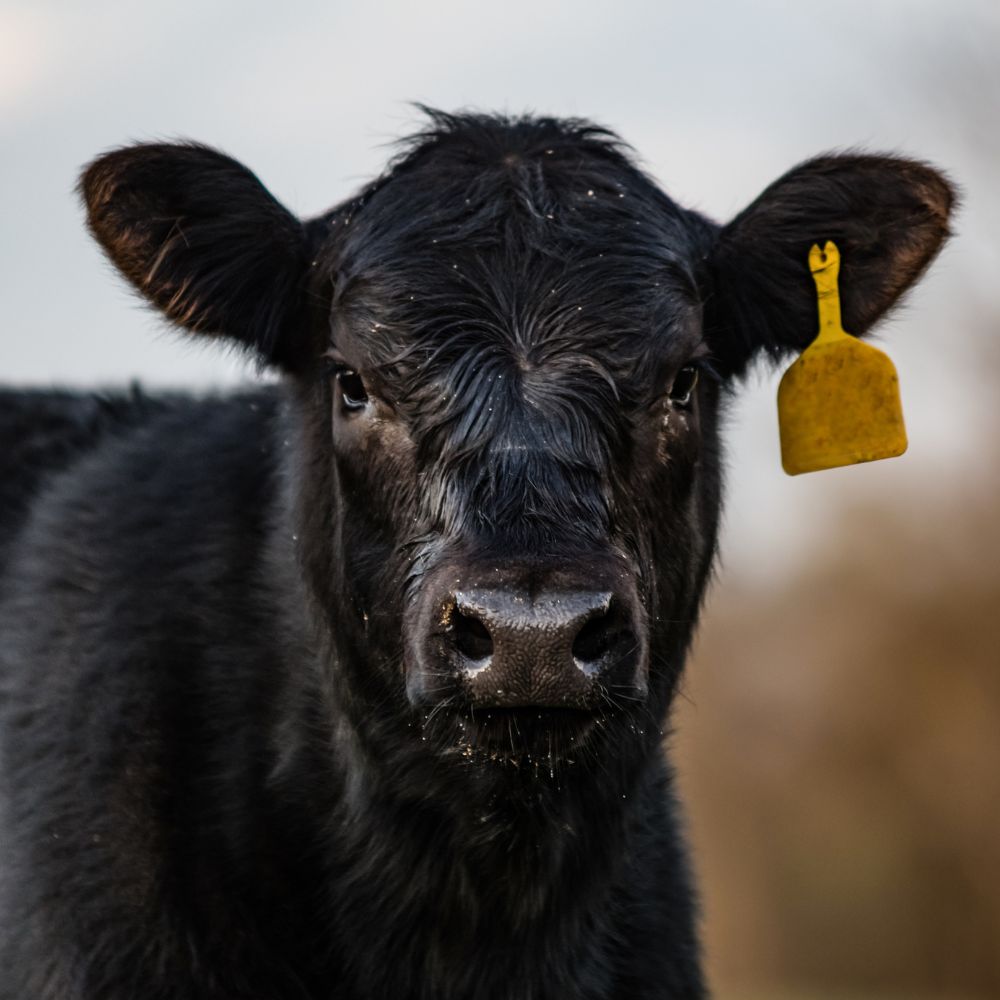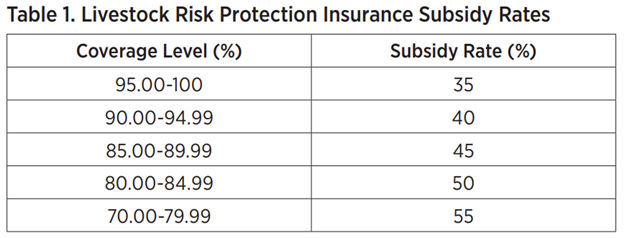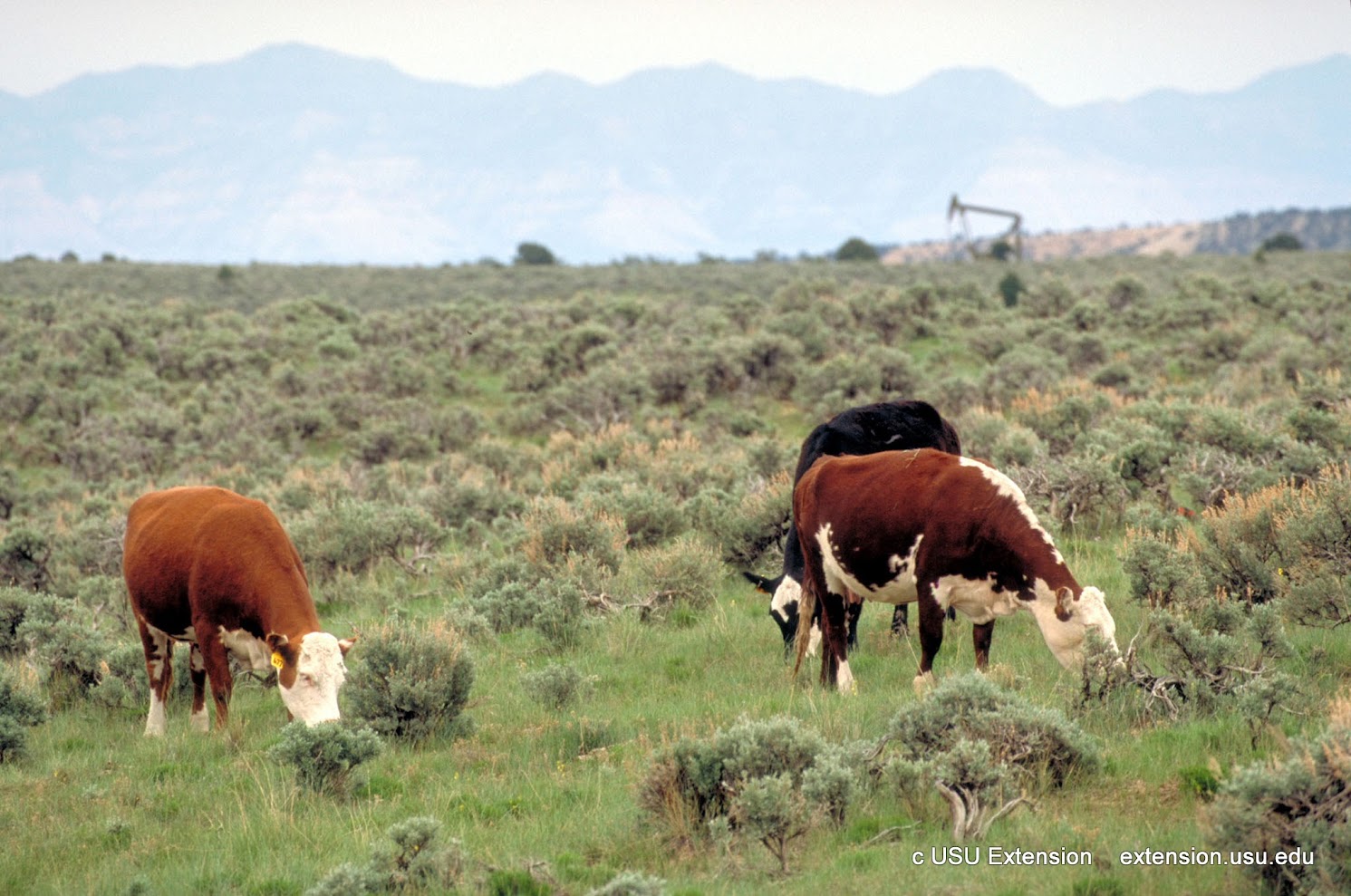Strategic Collaborations for Strength: Bagley Risk Management
Strategic Collaborations for Strength: Bagley Risk Management
Blog Article
Secret Factors to Consider When Picking Livestock Danger Defense (LRP) Insurance Policy
When reviewing choices for Animals Threat Protection (LRP) insurance policy, several vital elements warrant careful consideration to make certain reliable threat monitoring in the agricultural market. Picking the best protection options customized to your particular animals procedure is paramount, as is comprehending just how premium costs correlate with the degree of defense offered.
Protection Options
When considering Livestock Threat Defense (LRP) insurance coverage, it is necessary to comprehend the different coverage options available to minimize threats in the agricultural industry. Livestock Threat Defense (LRP) insurance coverage provides different coverage alternatives customized to satisfy the diverse demands of animals producers.
Another essential insurance coverage alternative is the endorsement period, which figures out the size of time the protection holds. Producers can pick the recommendation period that ideal fits their production cycle and market problems. Furthermore, coverage degrees and prices vary based upon the kind of animals being guaranteed, offering manufacturers the versatility to customize their insurance policy prepares according to their specific demands.
Recognizing the various coverage alternatives available under Animals Threat Defense (LRP) insurance coverage is essential for manufacturers to make informed choices that effectively secure their livestock operations from market unpredictabilities.
Premium Expenses

Livestock Danger Security (LRP) insurance offers important coverage options customized to minimize dangers in the agricultural sector, with a substantial element to think about being the calculation and framework of premium expenses. These include the kind and number of animals being insured, the insurance coverage degree selected, the current market rates, historic cost data, and the size of the protection period.
Insurance companies assess historical data on livestock rates and manufacturing costs to figure out an appropriate premium that shows the degree of risk involved. It is crucial for livestock producers to very carefully review premium costs and coverage choices to guarantee they are properly safeguarded versus possible financial losses due to negative market problems or unexpected occasions.
Eligible Animals
The determination of eligible animals for Animals Danger Defense (LRP) insurance coverage entails cautious factor to consider of details requirements and attributes. Animals types that are commonly eligible for LRP insurance include feeder cattle, fed lambs, cattle, and swine.
Feeder livestock, for instance, are commonly qualified for LRP protection if they fall within defined weight varieties. Fed cattle may additionally be qualified, however they need to meet particular weight and top quality grade requirements. Swine eligible for coverage generally consist of market weight animals planned for slaughter. Lambs are an additional group of animals that can be taken into consideration for LRP insurance coverage, with aspects such as weight and age playing an important duty in identifying their qualification.
Before picking LRP insurance coverage for animals, producers need to carefully assess the eligibility criteria detailed by the insurance policy company to guarantee their pets meet the required demands for protection.
Plan Adaptability
Policy flexibility in Livestock Danger Defense (LRP) insurance policy allows producers to tailor protection to match their details requirements and run the risk of monitoring approaches. This adaptability encourages animals manufacturers to tailor their insurance plans based upon variables such as the kind of animals they possess, market problems, and specific threat resistance degrees. One crucial element of policy versatility in LRP insurance coverage is the capability to select protection levels that align with the producer's financial goals and run the risk of direct exposure. Manufacturers can pick insurance coverage degrees that shield them versus prospective losses because of fluctuations in livestock rates, guaranteeing they are sufficiently guaranteed without paying too much for try this site unneeded insurance coverage. In addition, LRP insurance policy supplies flexibility in plan duration, allowing producers to choose protection durations that ideal fit their production cycles and marketing timelines. By using customizable choices, LRP insurance policy enables producers to successfully handle their risk direct exposure while securing their livestock procedures against unpredicted market volatility.
Insurance Claims Refine
Upon experiencing a loss or damages, manufacturers can initiate the claims process for their Animals Threat Protection (LRP) insurance policy by promptly contacting their insurance coverage supplier. It is crucial for producers to report the loss immediately to quicken the claims process. When connecting to the insurance coverage provider, producers will need to supply thorough details concerning pop over to this site the incident, including the date, nature of the loss, and any appropriate paperwork such as vet documents or market prices.

After the analysis is total, the insurance provider will certainly decide concerning the claim and communicate the result to the producer. The producer will obtain compensation according to the terms of their Livestock Threat Protection (LRP) insurance plan if the case is approved. It is vital for manufacturers to be aware of the insurance claims process to make sure a smooth experience in case of a loss

Final Thought
Finally, when choosing Livestock Danger Security (LRP) insurance policy, it is vital to consider coverage options, premium prices, qualified livestock, policy flexibility, and the cases procedure. These crucial elements will aid make certain that farmers and herdsmans are sufficiently safeguarded against possible dangers and losses related to their livestock procedures. Making a notified decision based upon these considerations can inevitably try this out bring about far better monetary safety and security and assurance for animals producers.
Livestock Threat Protection (LRP) insurance supplies various insurance coverage options customized to meet the varied requirements of animals manufacturers.The determination of qualified livestock for Animals Risk Security (LRP) insurance protection includes cautious consideration of specific requirements and qualities.Plan versatility in Animals Risk Defense (LRP) insurance enables producers to tailor insurance coverage to suit their details needs and run the risk of management methods.Upon experiencing a loss or damages, producers can start the cases process for their Livestock Threat Protection (LRP) insurance coverage by without delay contacting their insurance coverage provider.In final thought, when picking Livestock Risk Security (LRP) insurance policy, it is essential to think about insurance coverage options, premium costs, eligible animals, plan adaptability, and the claims process.
Report this page